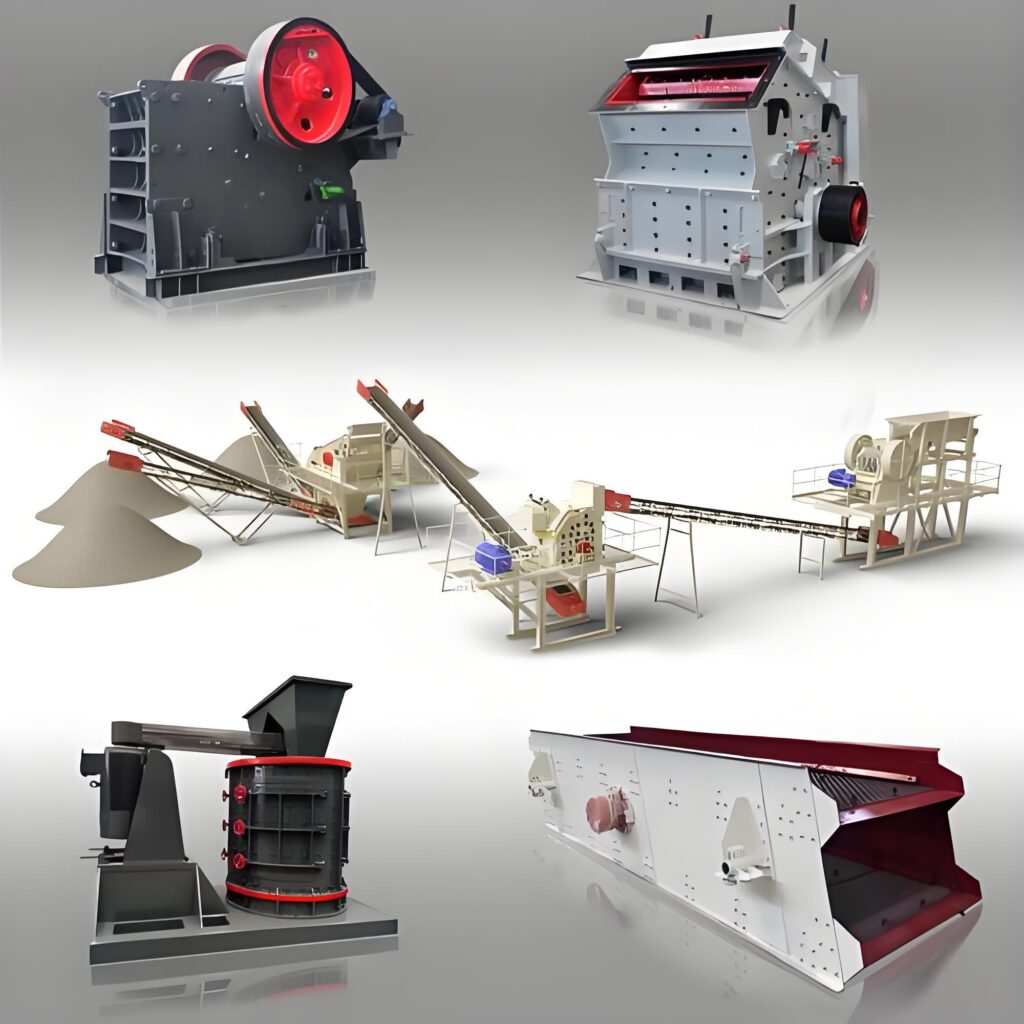Sand and Gravel Aggregate Production Line — Efficient & Eco-Friendly Solution
The sand and gravel aggregate production line, also known as the sand and gravel production line, is a comprehensive system for material crushing, screening, and sand making. It is widely used in construction, highways, railways, and water conservancy projects. With high efficiency, good product shape, and stable performance, it has become the core equipment in modern aggregate plants.
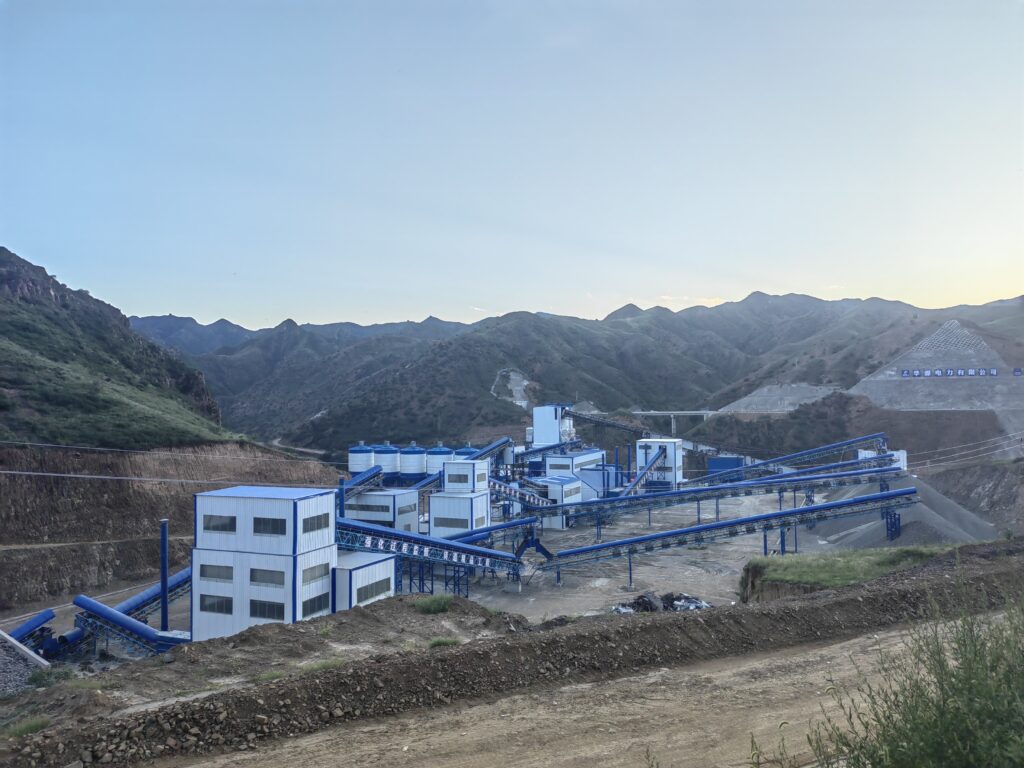
1. Overview of the Sand and Gravel Aggregate Production Line
- Production Capacity: 50–3000 tons per hour
- Applicable Materials: Limestone, bluestone, granite, coal gangue, etc.
- Main Equipment: Vibrating feeder, heavy hammer crusher, sand making machine, circular vibrating screen, belt conveyor
- Application Areas: Construction, highways, railways, water conservancy, and other infrastructure projects
The production line typically consists of primary crushing, secondary crushing, screening, sand making, and final storage. A well-designed setup can significantly improve output and product quality.
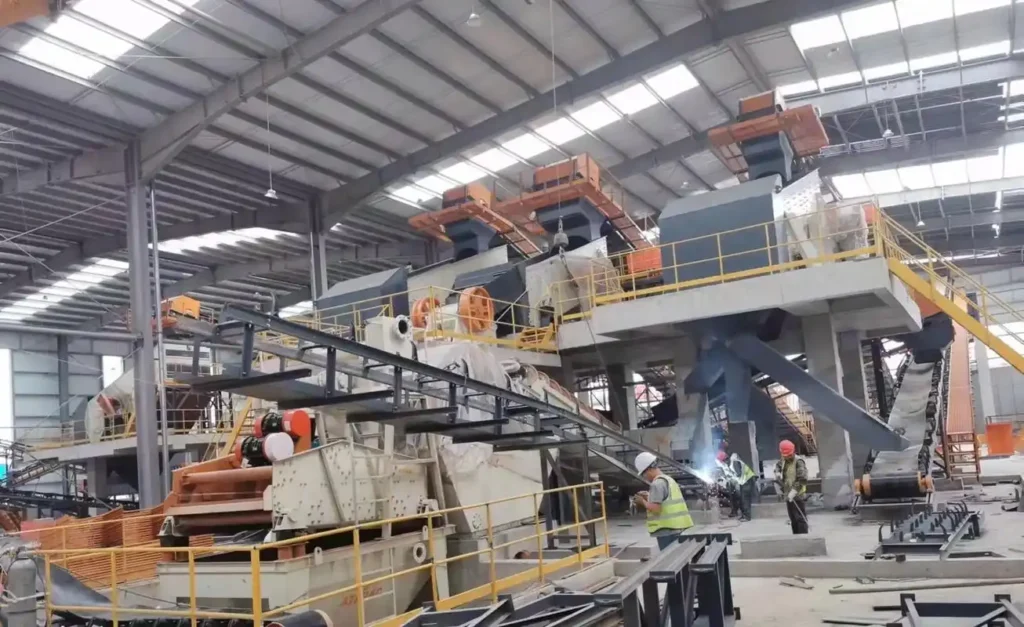
2. Features of the Eco-Friendly Sand and Gravel Aggregate Production Line
With the continued push for ecological civilization, eco-friendly production lines are becoming the standard in the aggregate industry. Modern green production lines are optimized in layout, dust control, automation, and environmental compliance.
- Dust Collection System: Equipped with pulse bag dust collectors at feeding hoppers and storage silos to capture and recycle dust effectively.
- Smart Monitoring: Level detectors and monitoring systems ensure real-time data tracking and intelligent management.
- Compact Layout: Optimized equipment arrangement reduces footprint and energy consumption.
- Clean Production: Eliminates the traditional “messy and dusty” image of aggregate production through innovation and automation.
Supported by National Policy
Many regions have introduced policies to encourage the development of large-scale, environmentally friendly aggregate bases. New projects with reserves of over 100 million tons and annual output over 10 million tons are especially encouraged to support urban development and sustainability.
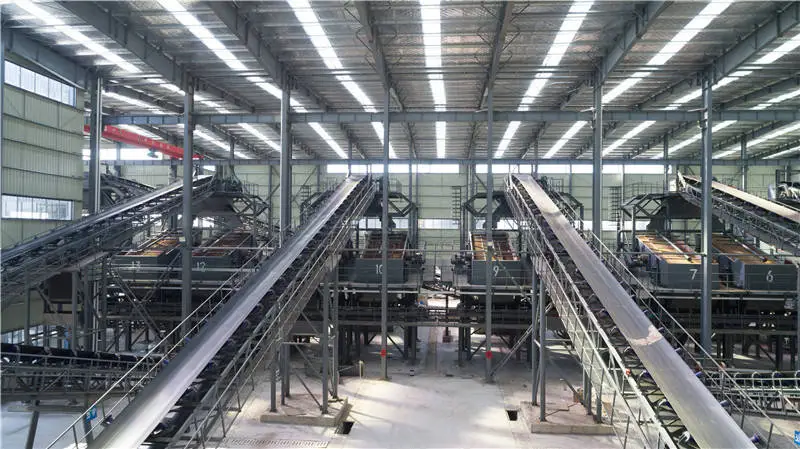
3. Process Flow (Simplified)
- Raw Material Feeding →
- Primary Crushing (Hammer Crusher) →
- Secondary/Final Crushing (Sand Making Machine) →
- Screening (Circular Vibrating Screen) →
- Dust Removal (Bag Dust Collector) →
- Finished Material Conveying & Storage
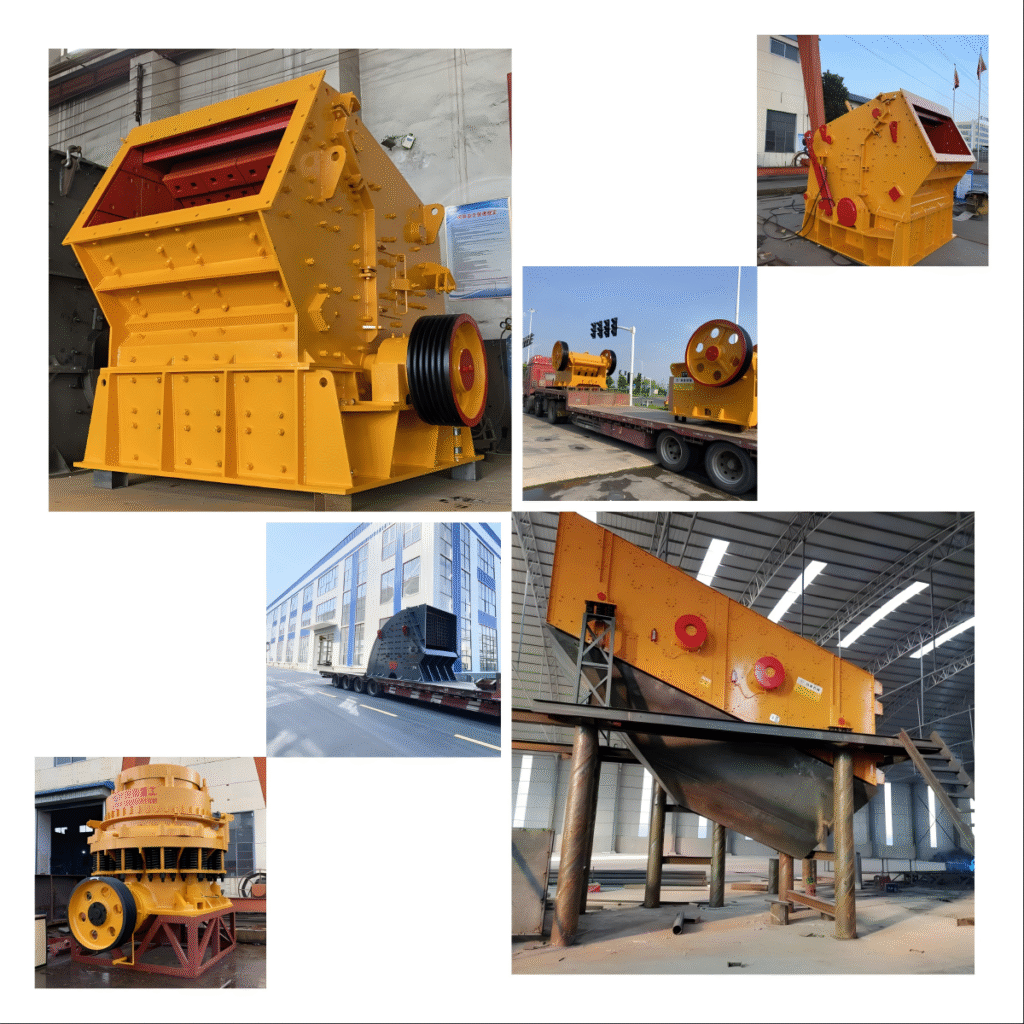
Frequently Asked Questions (FAQ)
Q1: How much does it cost to build a sand and gravel aggregate production line?
A1: It depends on capacity. A mid-size line (200–500t/h) may cost several million RMB, while large eco-friendly setups could exceed tens of millions, depending on equipment and environmental requirements.
Q2: What’s the difference between traditional and eco-friendly aggregate production lines?
A2: Eco-friendly lines include dust control, noise reduction, and smart monitoring systems. They are more efficient, sustainable, and compliant with environmental regulations.
Q3: Can the production line be customized?
A3: Yes. We offer custom solutions based on material type, production targets, site conditions, and local regulations.
Q4: How long does installation and commissioning take?
A4: Typically 1–3 months after the civil works are complete, depending on the project scale.
Q5: Do you provide full design and construction services?
A5: Absolutely. We offer end-to-end solutions including feasibility analysis, process design, equipment supply, installation, and after-sales service.
Get a Customized Solution Today
Looking to build or upgrade a sand and gravel aggregate production line? We provide one-stop services from design to implementation, including full system integration, environmental solutions, and smart automation.
👉 Contact Us Now: https://slminingmachinery.com/
